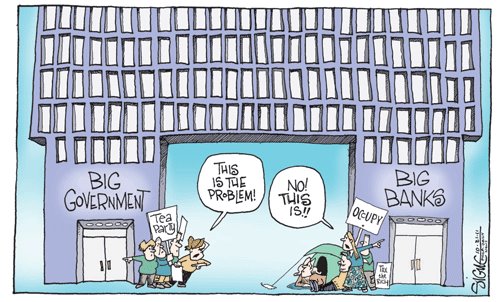
Photo by Pixabay on Pexels.com
I previously mentioned that I sometimes struggle with over-researching a topic, and I found myself doing that again this week with political theory. I keep seeing memes attacking people who critique capitalism or who think that socialism might be the answer, and I got bogged down reading dozens of articles from a variety of political angles on the subject arguing semantics about “correct” definitions of capitalism or socialism.
I rewrote a political theory post from this research several times, and still doesn’t quite sit right with me. I think this is because, in the end, it doesn’t really matter. All the arguments over this or that political theory don’t really have much impact on real life. One of the critiques that is repeatedly leveled at solarpunk is that it isn’t practical, and navel-gazing about political theory certainly doesn’t have much real world impact. I’m not going to say that any academic pursuit is a waste of time, but for me, I have spent far too much time in headspace and not enough in the real world.

A comic I blatantly stole from the internet. I can’t read the signature, so if it’s yours I can take it down if you don’t like it here.
People from all over the political spectrum recognize that there are significant problems with most of Western society. I’m particularly focused on the US because that’s where I live, but I suspect many of these issues exist to some extent in other countries as well. Why are people dying because they can’t afford medication in the same country that has people so rich they don’t know what to do with their money? People want their families to be safe, to have enough food to eat, and to have some leisure time. I think this is something everyone can agree on, but the details can be an understandable point of contention. The problem becomes when we start identifying people by labels instead of other human beings. It’s not acceptable to compromise with “those people,” but if we just would pack these increasingly meaningless labels away we might actually make some progress on the problems that face us.
People aren’t happy with the state of healthcare in the US. No one wants to see their parks full of trash and pollution. Anyone will balk at a pipeline if it’s going to be going through their own property. It’s time we stop getting hung up on labels and work together on solutions. If nothing else, let’s decide to table the debate on a national level and help states be the “Laboratories for Democracy” and let them try different approaches without trying to force everyone to do the same thing.
The reticence of the federal government to make a firm decision that would guide the lives of 327 million people is understandable, so it’s time to flex the 10th Amendment and give the states some of their money back to tackle the problems on their own terms. I think that’s something we can all agree on.
For my part, I’m trying to become more active in my own community by joining the Bicycle and Pedestrian Advisory Council (BPAC) to be a part of the decision making process with regards to making Charlottesville more friendly to non-auto forms of transit.
Some more resources to check out if you think there should be more experimentation with public policy include Symbiosis, Vox’s The Impact podcast, Strong Towns, and The Institute for Local Self-Reliance. What are some of the other ways we can make change real instead of just talking about it? Let us know below!













